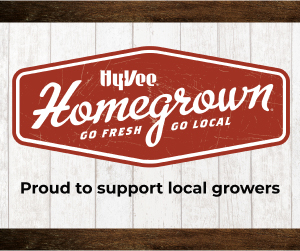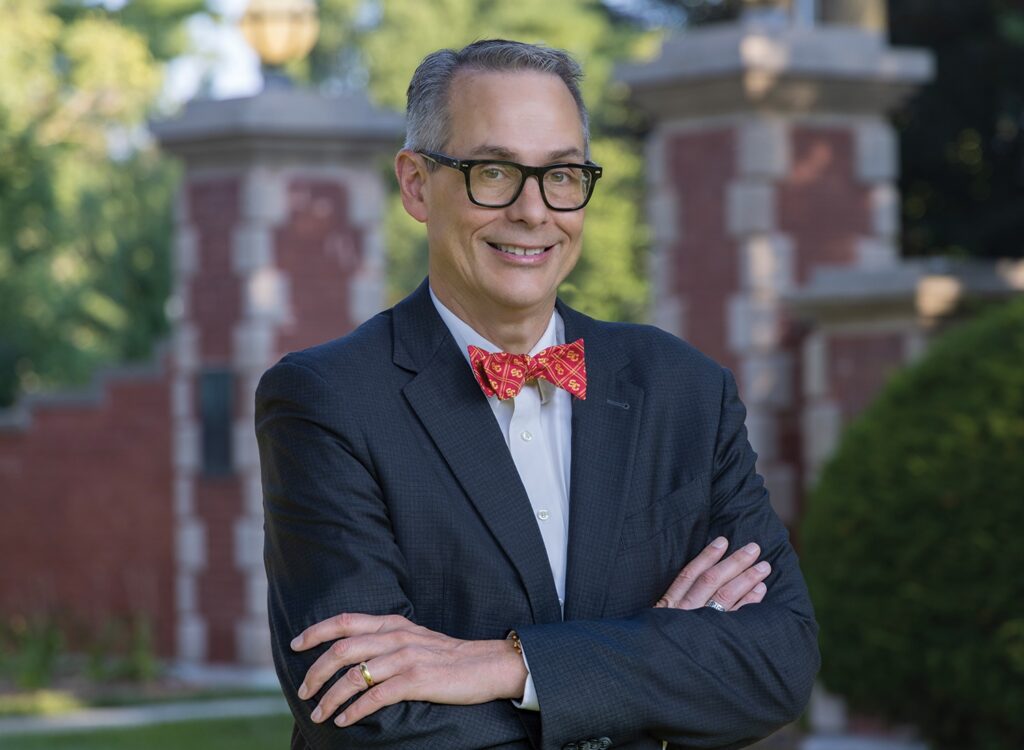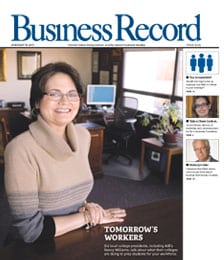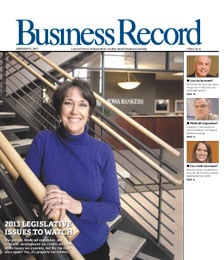Customer Spanish a lesson in better business practice

When a customer called Kemin Industries and said, “No hablo ingles,” Megan Bradley knew exactly what to do.
Using the skills she learned through a course known as Customer Spanish, the receptionist listened to the caller, made a concerted effort to respond using Spanish words and phrases she understood and sent the customer on to the appropriate person at Kemin.
“I had to muddle through and figure out what he needed,” said Bradley,” but they feel more comfortable when there’s someone on the line who speaks some Spanish.”
That’s Tom Carney’s point exactly. Despite early doubts about its potential for success, he found a market for basic, introductory Spanish lessons at businesses and organizations. His classes don’t attempt to make students fluent in the language, but to help them better serve the state’s growing Hispanic population.
“Usually, an immigrant who doesn’t speak English will know a little bit of English,” he said. “Very rarely do we know a little bit of Spanish. But oftentimes when people know a little bit of Spanish and a little bit of English, they can communicate better, find common ground.”
Carney worked for 25 years in the newspaper business as a reporter, editor and publisher, and spent several years at the Iowa Department of Public Health as director of communications, planning and personnel.
But it was during his six years as a Catholic priest, four of which were spent in Bolivia, that he became immersed in the Spanish language.
“I didn’t know a word of Spanish,” he said, recalling his arrival in the South American country. He lived with a Bolivian family and had no choice but to learn the language.
For five months, Carney attended language school in Cochabamba, where he spent three hours a day learning Spanish pronunciation and one hour a day studying grammar.
Carney left the priesthood and later married a Colombian woman. They moved back to the United States to raise their family. They speak Spanish at home, and their two grown children are bilingual.
But even in a household where Spanish is spoken so prominently, Carney attributes his ability to speak the language to his intense training in Cochabamba, where linguists focused on pronunciation, words and phrases.
“That’s how we learn languages,” he realized. “We don’t start off learning the structure, the grammar. We imitate sounds, learn what the sounds mean and then apply them. And by applying them, we learn more.”
He first brought that philosophy into the Iowa Department of Public Health, where he taught a basic eight-week course to about 20 department employees. He took an early retirement one year ago and founded Carney Consulting, which primarily encompasses media consulting. And despite initial doubts about how successful Customer Spanish might be, he discovered there is a market for this course in Greater Des Moines, particularly as the Hispanic population continues to increase.
“Even if you’re in Des Moines, you can still connect with people who speak other languages, and we need to do that to be in the international arena like we are,” said Denise Forney, Kemin’s executive administrative manager, who arranged for 12 workers, herself included, to participate in Customer Spanish.
Carney, in weekly, hour-long classes, teaches vowel and consonant pronunciation and common Spanish phrases and reviews a list of 400 Spanish words, such as Colgate, Vicks VapoRub or bird’s-eye, that are either the same as or so similar to their English equivalents that the students pick up on them immediately.
In tailoring the course to fit Kemin’s needs, he taught an example of a dialogue that could be used in telephone conversations with Spanish-speaking customers or in face-to-face conversations with job applicants. At Consumers Energy, an electrical cooperative in Marshalltown, he developed an example of a dialogue workers could employ while conversing with Spanish-speaking customers who call or come through the front door.
“Several of our members are Hispanic, so we wanted to at least have some knowledge of how we can communicate,” said Energy Solutions Manager David Stineman. “They’re part of our community, members of our cooperative. We can at least show the respect of trying to understand them.”
Most of the instruction, whether at a global company such as Kemin or a local energy provider such as Consumers Energy, is focused on general communication that, if nothing else, would show that the company and its workers are making an attempt to better communicate with and serve Hispanic customers.
“First-generation immigrants rarely learn the language of their adopted country or don’t learn it well,” Carney said. “The first generation is so busy trying to survive and get their kids in school. But I haven’t met one who doesn’t want to learn English.
“What do you do in the meantime? Ignore them? Not offer them goods and services at your business? That doesn’t seem very logical. I think the best approach is to try as best we can to accommodate them.”
For more information on Customer Spanish, call 986-5774.







